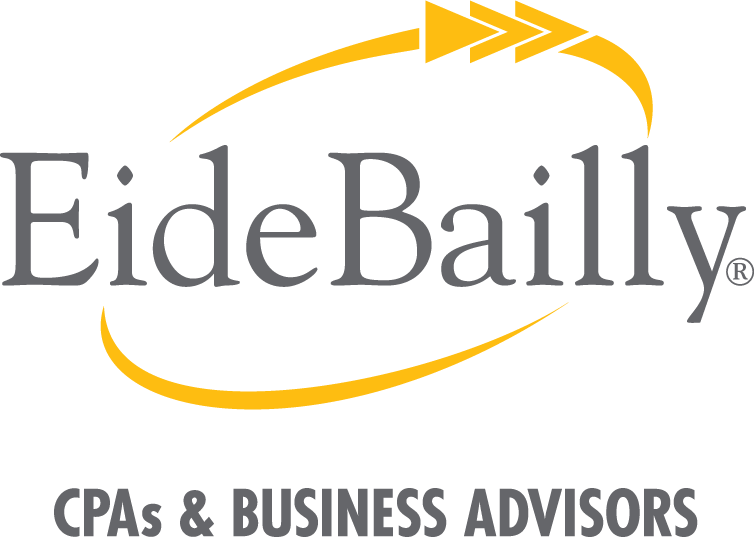
A version of this article previously appeared on EideBailly.com
Helping Organizations Improve Their Financial Health
Organizations are looking for ways to increase cash flow and decrease tax liability, especially during times of economic uncertainty. Tax credits and deductions help organizations save cash and keep more money invested in their businesses. The challenge for taxpayers is knowing what benefits exist and how they can qualify.
What is a tax credit?
A tax credit is an incentive provided in the tax code. Tax credits directly reduce your tax liabilities and they provide an incentive for investing in a particular industry or activity.
Tax Credit v. Tax Deduction
The difference between a tax credit and a tax deduction can be confusing. While you may be getting a tax deduction for business expenses, a tax credit is generally more beneficial. Tax credits reduce a tax liability dollar for dollar, whereas deductions reduce taxable income based upon tax rates and generally save only a percentage of each tax dollar due.
What types of tax credits are there?
There are several types of tax credits and tax deductions available. Each has a slightly different set of qualifications and benefits based on the type of project an organization is undertaking. Some are permanently available while others expire and may be reinstated.
A few to pay attention to include:
Research and Development Tax Credits
Research & Development (R&D) tax credits are designed for companies that are continually improving their existing products or services or developing new ideas.
Fixed Asset Planning and Cost Segregation
Fixed asset planning is a great way to identify potential deductions in your fixed assets that can both maximize your cash flow and reduce your tax liability.
Cost segregation is a key component of fixed asset planning. Cost segregation studies help taxpayers accelerate depreciation deductions which reduce the amount of taxes paid and increase potential cash flow for your organization.
Energy Efficient Tax Credits
Other key tax credits within fixed asset planning are energy incentives. These tax credits are specifically designed to promote renovation or construction of energy efficient facilities.
There are two different tax benefits available for entities who construct or improve their structure’s energy efficiency.
- 179D is an energy efficiency deduction for building owners who either increase their building’s energy efficiency or construct an energy efficient facility, and can be a benefit to those involved in the design of governmental building projects.
- 45L provides a tax credit of up to $2,000 for qualified residential dwelling units built with energy-efficient technology.
If you’re ready to find the best tax savings for your business, we can help.
Dive Deeper: Read more about other strategies to increase cashflow and 10 tax credits you should know about. Visit EideBailly.com to download the guide.




